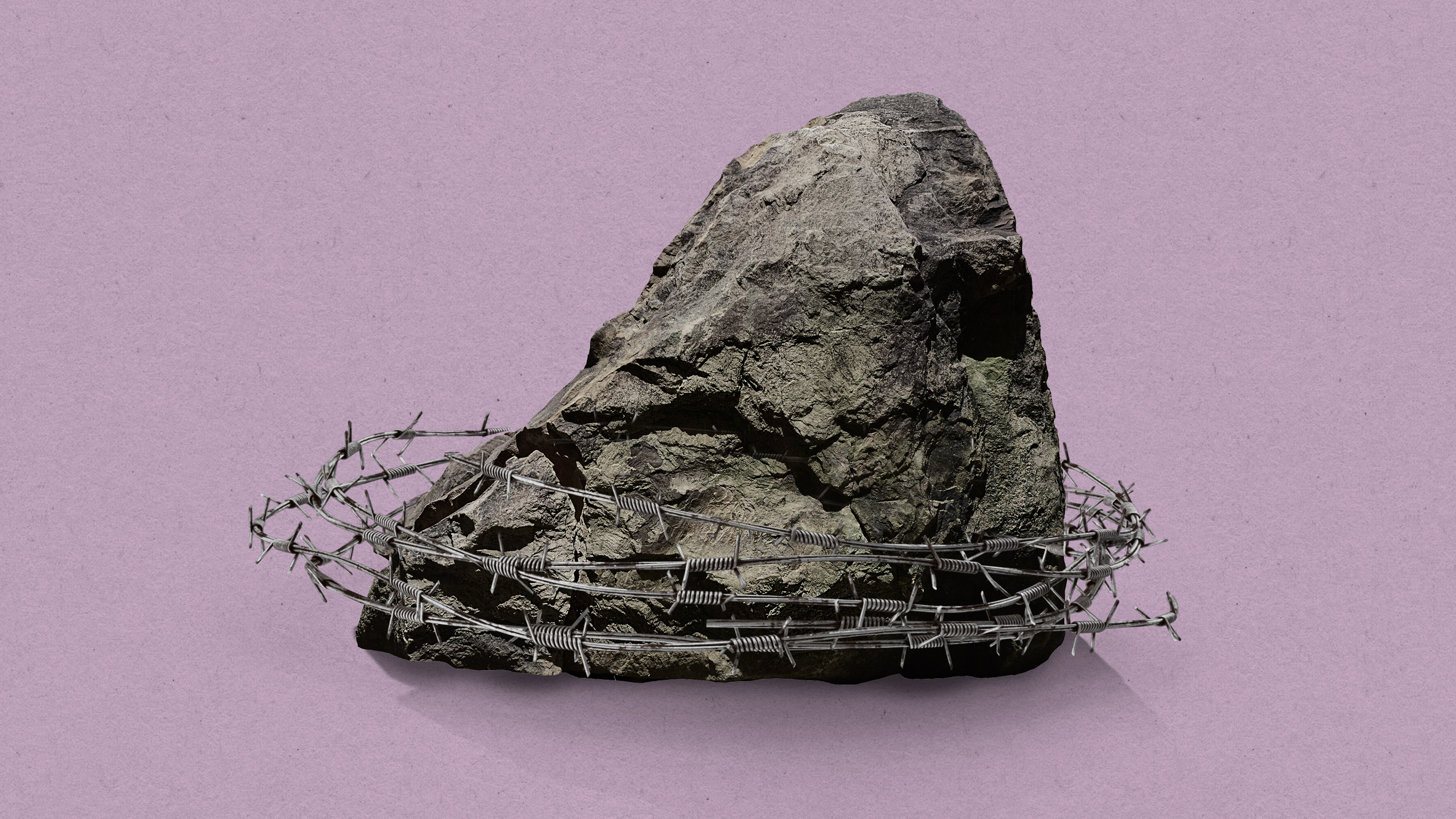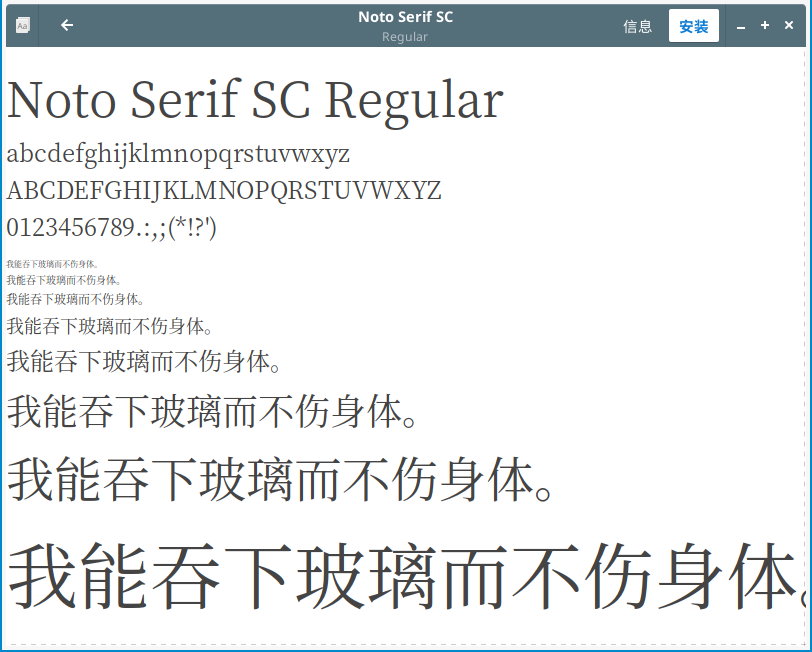How China hopes to secure its supply chain for critical minerals
China is building up domestic production of ultra-pure quartz, which is currently produced predominantly in North Carolina.

This story first appeared in China Report, MIT Technology Review’s newsletter about technology developments in China. Sign up to receive it in your inbox every Tuesday.
When China announced back in July that it was restricting exports of germanium and gallium, it was a reminder of the leverage that China holds in the global supply chain for critical minerals, a group of 50 materials determined by the US government to be of high strategic importance.
These minerals are used in computer chips and precision weapons, but they are also important in clean tech, the technologies that will help the world transition to renewable energy to combat climate change. I recently talked to Seaver Wang, co-director of the climate and energy team at the Breakthrough Institute, a California-based environmental think tank that funds energy policy research, to understand more about the role critical minerals play.
Here are five big questions I asked Wang about China’s policies on critical minerals. The conversation has been lightly edited for length and clarity.
Does China depend on the global supply chain for critical minerals?
Wang: When we talk about China's dominance of critical minerals, it’s really often at the processing stage. But China is importing raw ore to be processed.
The most important, interesting minerals from a clean-tech perspective are platinum group metals [that are used in technologies that turn hydrogen into power]. So metals like iridium, platinum, palladium, [and] zirconium are used in various fuel cell technologies and in the electrolyzers themselves. A huge amount of that production actually comes from South Africa.
And then cobalt—75% comes from the DRC [Democratic Republic of Congo]. High-purity quartz [which is used across the solar manufacturing sector and also for computer chips]—most of it comes from the US. An interesting one is actually thorium for nuclear [power plants], because China is experimenting with thorium-fueled fast reactors as part of the nuclear demonstration projects. And nickel—a heavy amount of it comes from Indonesia.
Does the Chinese government consider the fact it has to import lots of minerals a vulnerability?
Wang: China’s lead in developing novel battery technologies like sodium-ion batteries is because of efforts to ensure supply chain resiliency. A sodium-ion battery insulates you from the lithium supply chain uncertainty and from [that of] nickel and cobalt. A lot of the R&D efforts were heavily supported because they have supply chain advantages.
[Ultra-pure quartz] is actually one example where there’ve been a lot of joint public-private efforts to develop more ultra-pure quartz capacity in China. They’re investing in domestic production because that’s one sector where North America dominates current production. [Two American companies in North Carolina] produce like 180,000 tons of ultra-pure quartz a year; [Jiangsu Pacific Quartz Products, a Chinese company] is scaling up [its capacity] this year from 5,000 to 20,000 tons; and that’s basically all of the global production.
And interestingly, the US has no export restrictions on ultra-pure quartz to China, [but] China actually has an import tariff of 16% on US ultra-pure quartz because they want to encourage more domestic reliance.
Does China want to build a self-sufficient domestic clean-tech supply chain?
Wang: Whether it’s for the US or China, even though both are large countries, any fantasy of full self-sufficiency is clearly just a fantasy.
I think the smart policymakers in both countries are more thinking around being prepared for some decoupling or trade war, but they’re not trying to design industrial policy around a complete rupture. They are trying to [have] some domestic know-how, capacity, and other sources of supply so that if there was an export restriction on something, there would still be a price spike, and that industry might still go through some hard times but it would survive.
But the US and China are still regularly talking about how to collaborate on climate. Isn’t that inconsistent with the planning for decoupling?
Wang: Climate advocates and activists may have a slightly unrealistic expectation that both sides can pursue the Hollywood ending, where we all work together to fight the global challenge of climate change.
That is probably a little unrealistic because the US and China just genuinely, genuinely have so many policy areas where there are strong disagreements. And so I think we have to rather agree to disagree, and the best path forward would be to set good guardrails on competition.
I think many US policymakers are reluctant to be too muscular on clean tech, at least on the Democratic side, because they see US climate goals as being very tied to imports of Chinese clean tech and they don’t want to jeopardize those imports. And I do wonder if on the Chinese side, there’s some reluctance to be too competitive because these are actually very lucrative export industries for China. It blew my mind when I learned this, but solar PV [photovoltaic] products actually account for a surprisingly large share—7%—of China’s trade surplus.
Other than the US and China, what are other countries’ roles in the global clean-tech supply chain?
Wang: One thing to keep in mind is the poor and middle-income countries that currently export a lot of ore but don’t benefit from any of the value-added downstream industries.
Zimbabwe instituted some export restrictions on unrefined ore. They wanted to encourage international financial investment into refineries in the country to export refined products to benefit their people more. And Indonesia did the same thing for nickel.
There’s a huge amount of hunger in emerging economies to enter these industrial sectors and hop on to the clean-energy transition and benefit economically. You see this in India, Indonesia, Zambia, DRC, and Zimbabwe. Part of me wonders sometimes whether even in just five or 10 years we’ll look back on this US-China supply chain debate, anxiety, paranoia, or whatever and it’ll all just seem silly, because supply chains will look completely different.
Do you think clean tech will become as politicized as the semiconductor industry is right now? Let me know your thoughts at zeyi@technologyreview.com.
Catch up with China
1. A year after the “CRISPR baby” scientist He Jiankui was released from prison, he’s quietly getting back to academic roles. Meanwhile, gene-editing technologies in the West have evolved beyond what He did, prompting new questions. (New Yorker $)
- My colleague Antonio Regalado first broke the story of He Jiankui’s experiment on gene-edited babies back in 2018. (MIT Technology Review)
2. At the massive auto show in Munich last week, German brands like Volkswagen were feeling the competition from Chinese electric-car companies. (Bloomberg $)
- The EV industry has replaced consumer internet to become the new investor’s darling in China. (Wall Street Journal $)
3. Chinese government-linked social media operations are using image-making AIs to create visual content, according to a Microsoft report. (Washington Post $)
4. Beijing has ordered central government officials to stop using iPhones and other foreign smartphones at work in order to cut the country’s dependence on foreign technologies. (Wall Street Journal $)
5. The Chinese government is building a national park for the conservation of giant pandas. There’s one problem: tens of thousands of people already live there. (Sixth Tone)
6. Remember the liquor-infused latte that took China by storm last week? Here’s the backstory on how the Chinese brand Luckin overtook Starbucks to become the largest coffee chain in the country. (CNBC)
Lost in translation
Li Jiaqi, one of the biggest Chinese livestream e-commerce influencers regularly watched by millions every night, is facing another career crisis after coming back from a mysterious silence last year. On September 10, during a livestream where Li was selling a 79 RMB ($12) eyebrow pencil, a viewer commented that the prices were getting higher. This comment triggered an emotional outburst from Li, who responded by suggesting it was because the viewer didn’t work hard enough to get wage increases. The sarcastic comment, against the backdrop of China’s general economic slowdown, led to a significant backlash from Li’s fans, with over 660,000 followers unfollowing him on social media.
As the Chinese publication Huxiu reported, the controversy is rooted in the wider change happening in the livestream industry. Stars like Li shot to fame not only because of their personalities, but also because they were able to negotiate the “lowest prices on the internet” from brands. But as the industry landscape shifted, brands started to turn from big-name influencers to niche and mid-tier ones. As the top influencers’ negotiating power wanes, they find it hard to keep up with their lowest-price promises, and fans start to turn against them. As this industry trend continues, there will be fewer household names like Li in the future.
One more thing

Did you know that in some font viewer software today, the sample text line for Chinese fonts is a ridiculous sentence meaning “I can eat glass, it does not hurt me”? Chosen as an absurdist example of a complex sentence, this exact line was translated into over 150 languages in a crowdsourced linguistic project in the early 2000s. Now it lives on the internet forever in the form of memes and font sample texts.
Deep Dive
Climate change and energy
The problem with plug-in hybrids? Their drivers.
Plug-in hybrids are often sold as a transition to EVs, but new data from Europe shows we’re still underestimating the emissions they produce.
Harvard has halted its long-planned atmospheric geoengineering experiment
The decision follows years of controversy and the departure of one of the program’s key researchers.
Decarbonizing production of energy is a quick win
Clean technologies, including carbon management platforms, enable the global energy industry to play a crucial role in the transition to net zero.
The hard lessons of Harvard’s failed geoengineering experiment
Some observers argue the end of SCoPEx should mark the end of such proposals. Others say any future experiments should proceed in markedly different ways.
Stay connected
Get the latest updates from
MIT Technology Review
Discover special offers, top stories, upcoming events, and more.